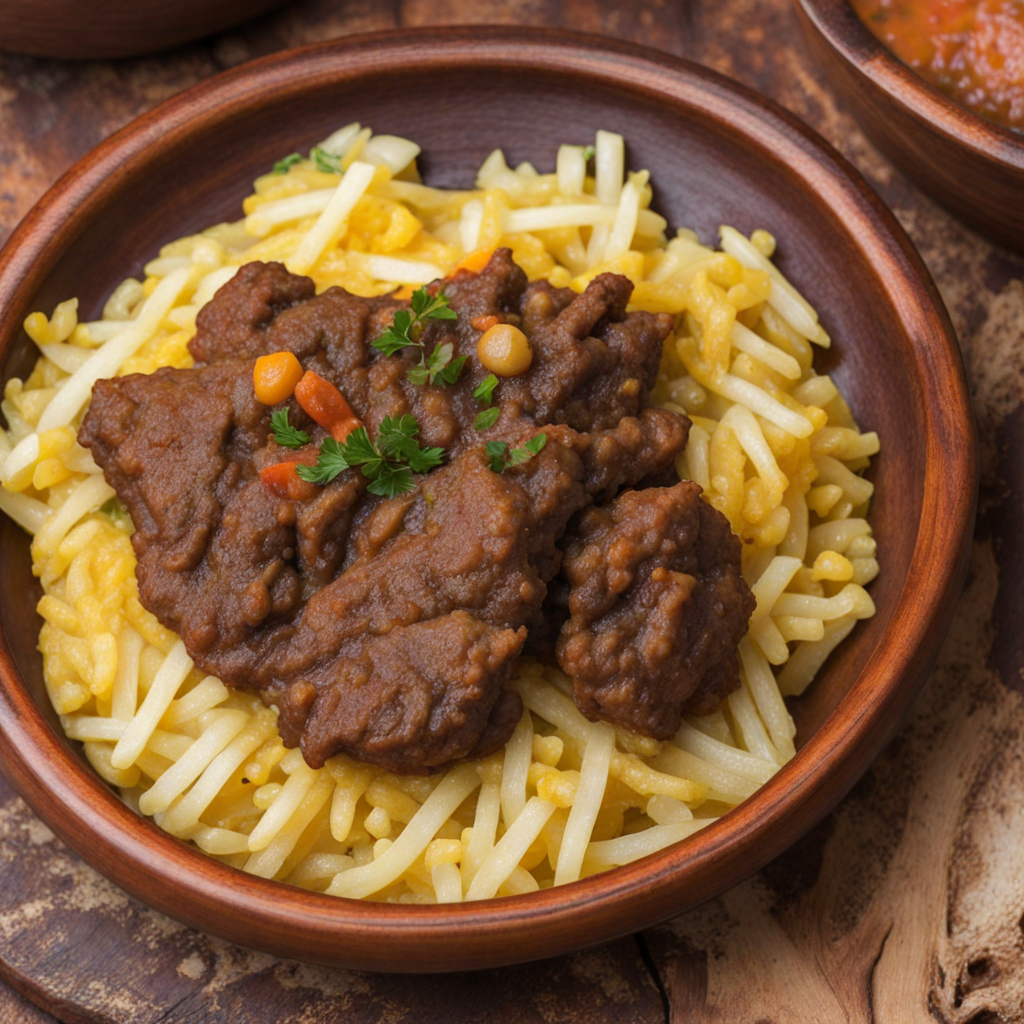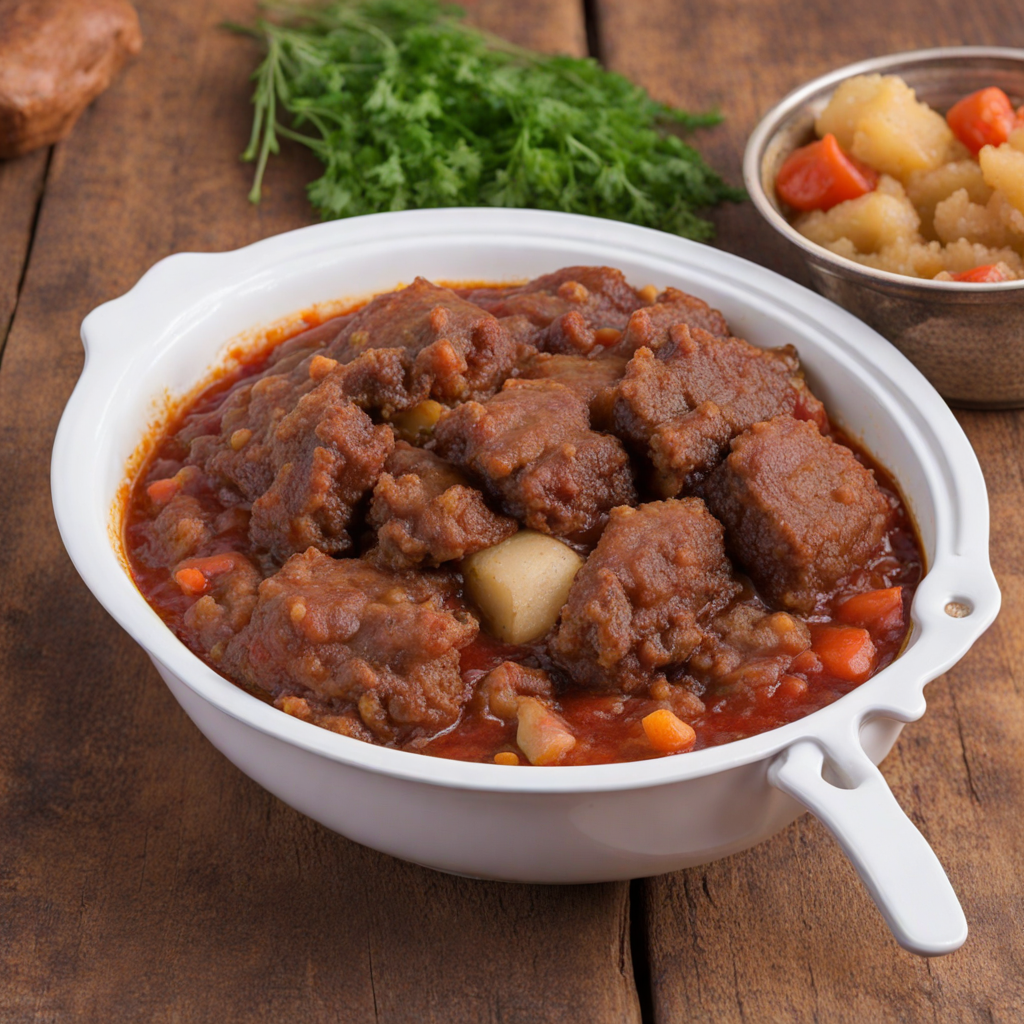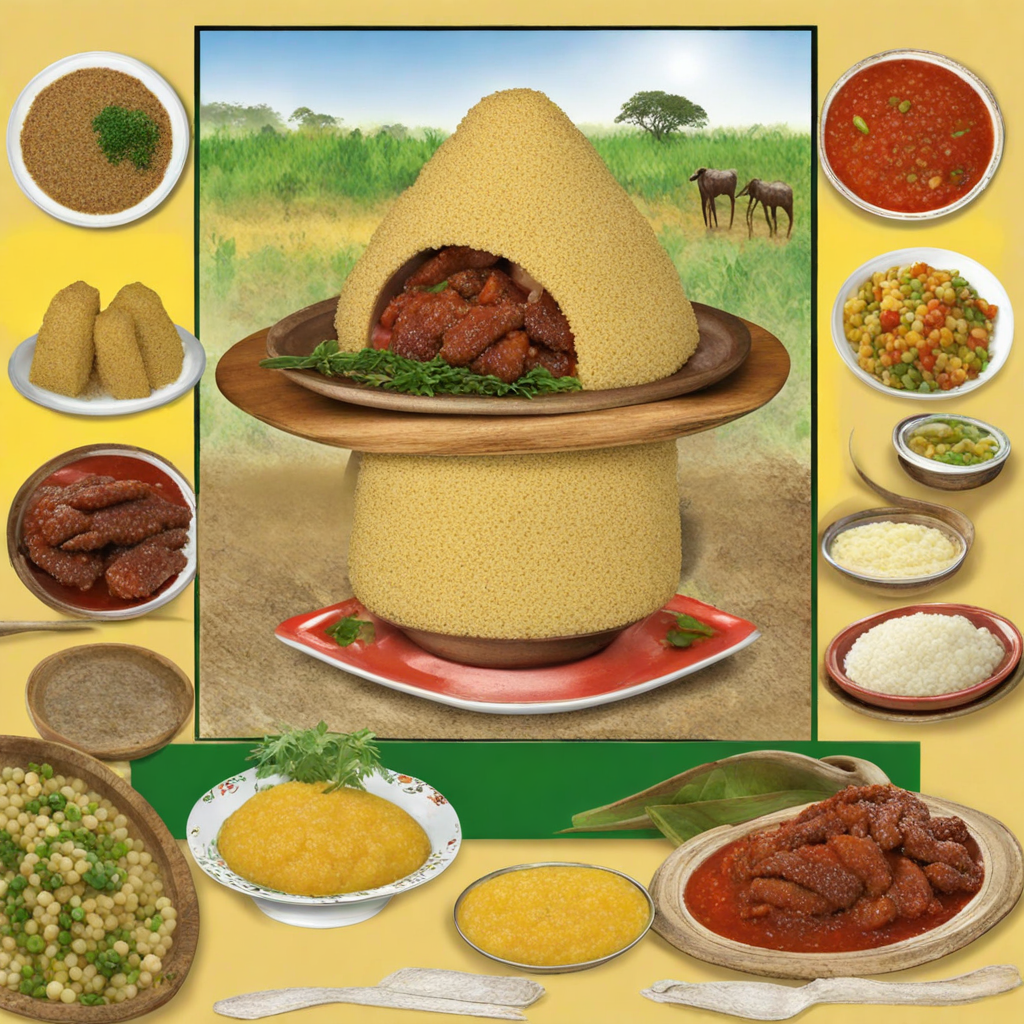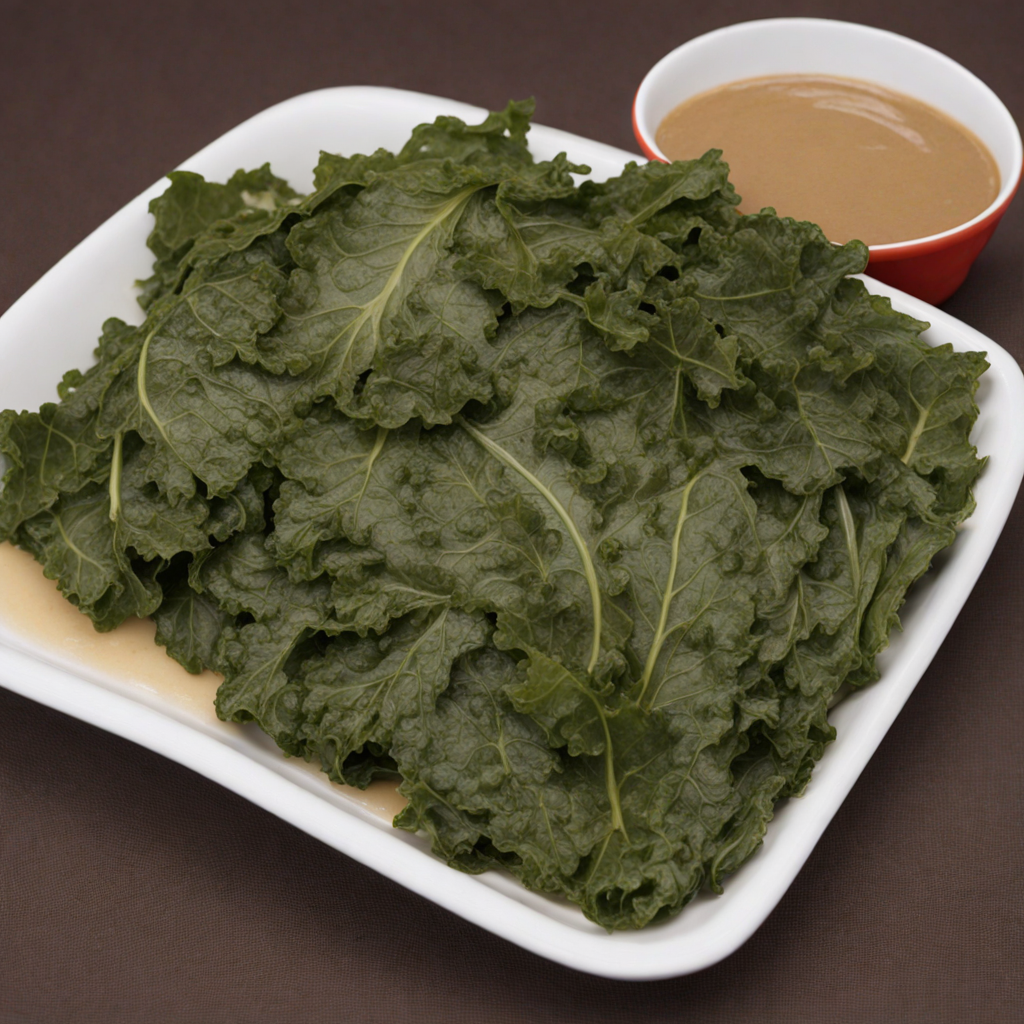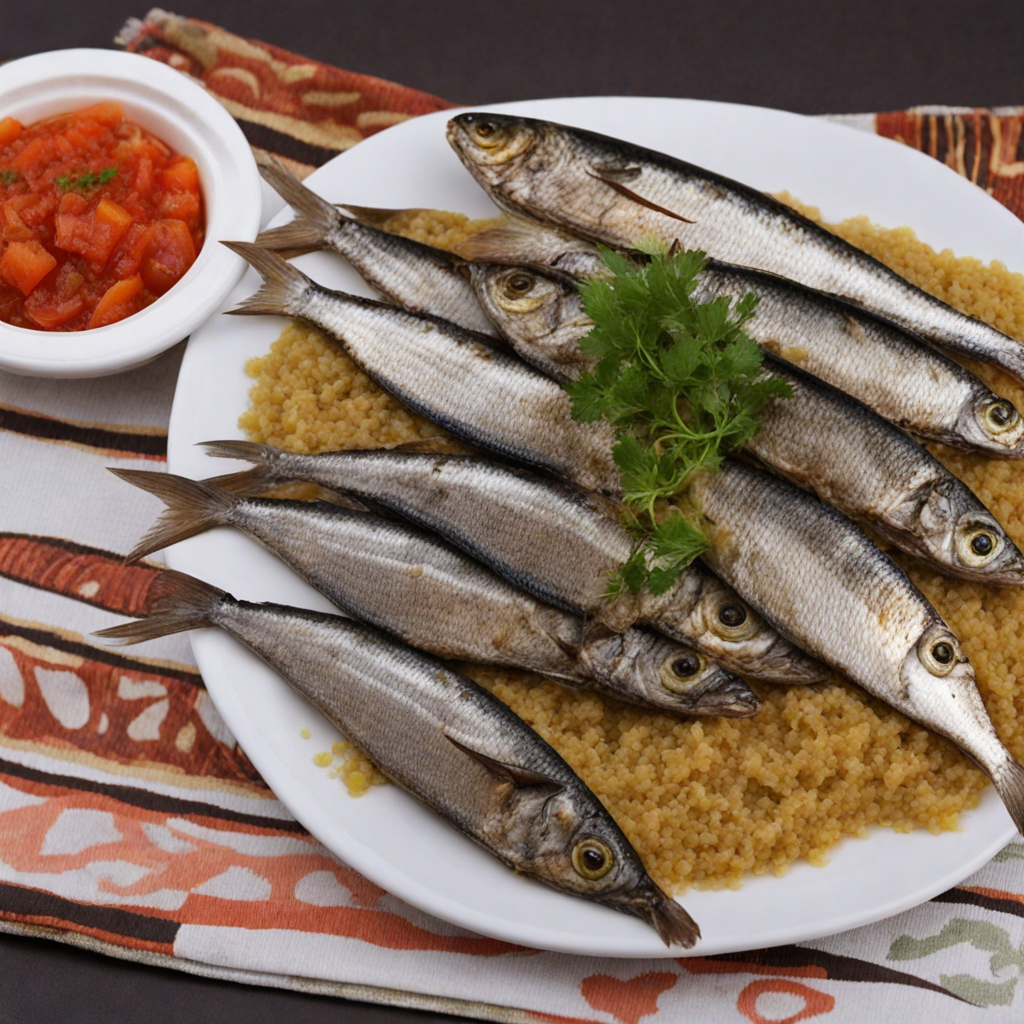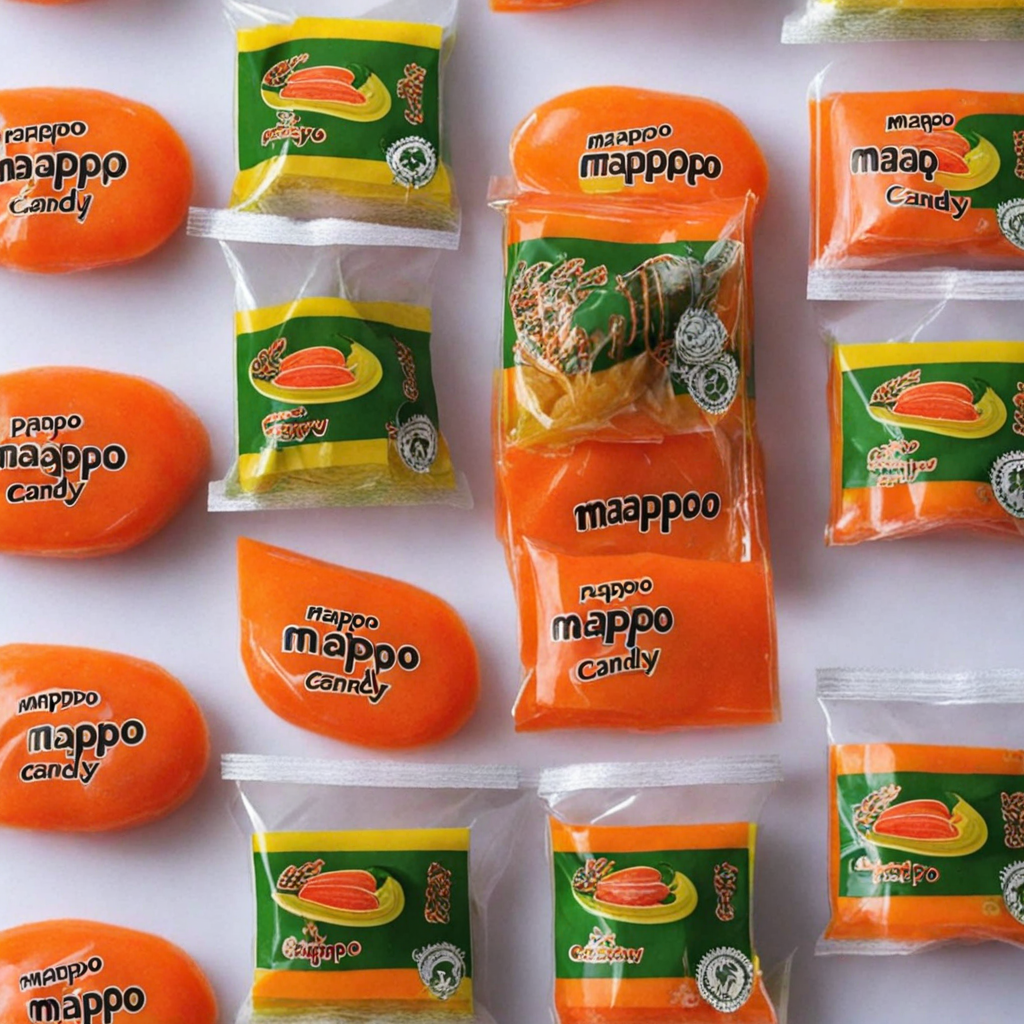Isitshwala neNyama
Isitshwala neNyama is a traditional Zimbabwean dish that beautifully marries the simplicity of staple food with the heartiness of meat. Isitshwala, often referred to as sadza in other regions, is a thick porridge made from ground maize. Its texture is smooth and creamy, providing a comforting base that complements a variety of accompaniments. This staple is usually served in a large, communal dish, where diners can scoop portions with their hands, embracing the communal spirit of Zimbabwean dining. On the other hand, neNyama translates to 'with meat', and it typically features a rich, flavorful meat stew or braised meat of choice, often beef, goat, or chicken. The meat is usually seasoned with a blend of spices, herbs, and sometimes a hint of chili, giving it a robust flavor that tantalizes the taste buds. The stew is often slow-cooked, allowing the meat to become tender and infused with the aromatic profile, making it a delightful complement to the neutral taste of isitshwala. The combination of isitshwala and neNyama creates a harmonious balance of flavors and textures. The creamy porridge absorbs the savory juices from the meat stew, making each bite a comforting experience. This dish is often accompanied by side vegetables, like greens or tomatoes, which add a freshness to the meal. Isitshwala neNyama is not just food; it's a representation of Zimbabwean culture, where sharing and enjoying meals together is a cherished tradition.
How It Became This Dish
Isitshwala neNyama: A Culinary Journey Through Zimbabwean Heritage #### Origins and Ingredients Isitshwala, a staple food in Zimbabwe, is a thick porridge made predominantly from maize meal, a reflection of the country’s agricultural practices and climatic conditions. Its origins trace back to the indigenous peoples of Zimbabwe, who have cultivated maize since its introduction from the Americas in the 16th century. Over the centuries, maize has become ingrained in Zimbabwean culture, evolving into the favored grain for many dishes, particularly isitshwala. The term "neNyama" literally translates to "with meat" in Shona, one of Zimbabwe's principal languages. This combination signifies the pairing of isitshwala with various types of meat, usually beef, goat, or chicken, creating a hearty meal that is both nourishing and satisfying. The preparation of isitshwala involves boiling water and gradually adding maize meal while stirring continuously to prevent lumps. The dish is cooked until it reaches a smooth, thick consistency, often served as an accompaniment to stews, vegetables, or relish. #### Cultural Significance Isitshwala neNyama holds profound cultural significance in Zimbabwean society. It is not merely a dish; it is a symbol of identity, community, and tradition. In many households, isitshwala is considered a unifying meal, often served during family gatherings, celebrations, and communal events. The act of eating together fosters a sense of belonging and strengthens family ties, reflecting the communal lifestyle prevalent in many Zimbabwean communities. The dish also embodies the values of hospitality and generosity. Offering isitshwala neNyama to guests is a customary practice, signifying respect and appreciation for their presence. Traditionally, the preparation of isitshwala is often a communal effort, with family members or neighbors coming together to prepare the meal, reinforcing the idea of communal labor and shared responsibilities. In Zimbabwean culture, food is often linked to social status and identity. The choice of meat, for instance, can reflect one's socio-economic standing, with beef being a preferred option during special occasions, while chicken or goat may be more common for everyday meals. Such distinctions provide insight into the social fabric of Zimbabwean society and the importance placed on food as a means of expression. #### Development Over Time The history of isitshwala neNyama is intertwined with the socio-political landscape of Zimbabwe. During the colonial era, the introduction of commercial farming and the cash economy altered traditional agricultural practices. The reliance on maize as a staple crop grew, and isitshwala became more entrenched in the diet of both rural and urban populations. However, the colonial policies also led to economic disparities, affecting access to various types of meat and influencing how meals were prepared and shared. Post-independence in 1980, Zimbabwe experienced a resurgence of interest in traditional foods, including isitshwala neNyama. With a renewed sense of national identity, there was an emphasis on celebrating local cuisine as a way of honoring cultural heritage. This period saw isitshwala being embraced not just in homes but also in restaurants and hotels, where it was often featured on menus as a signature dish representing Zimbabwean culinary identity. In contemporary Zimbabwe, isitshwala neNyama continues to be a beloved dish, symbolizing resilience and adaptability. Modern influences have introduced variations to the traditional recipe, with some households incorporating different grains like sorghum or millet into their isitshwala, enhancing its nutritional profile. Similarly, the accompanying meat dishes have evolved, with chefs experimenting with flavors, spices, and cooking techniques, merging traditional methods with contemporary culinary practices. The globalization of food culture has also played a role in the development of isitshwala neNyama. As Zimbabwean diaspora communities spread across the globe, they brought their culinary traditions with them, introducing isitshwala to new audiences. This cross-cultural exchange has led to a growing appreciation for Zimbabwean cuisine, with isitshwala being featured at international food festivals and cultural events. #### Isitshwala in Contemporary Zimbabwe In modern Zimbabwe, isitshwala neNyama remains a staple in both rural and urban households. It is often served as part of a larger meal that includes vegetables, such as rape or pumpkin leaves, and a sauce made from tomatoes, onions, and spices that complements the meat. This balanced meal reflects the Zimbabwean ethos of utilizing locally available ingredients, emphasizing sustainability and resourcefulness. Moreover, isitshwala neNyama plays a significant role in Zimbabwean festivities. During weddings, funerals, and national holidays, it is customary for families to prepare large quantities of isitshwala to feed guests, reinforcing its status as a dish of communal importance. The preparation and sharing of isitshwala during these occasions serve as a reminder of cultural heritage and social cohesion, affirming the values of unity and togetherness. #### Conclusion Isitshwala neNyama is more than just a dish; it is a testament to the rich culinary heritage of Zimbabwe. It encapsulates the history, struggles, and triumphs of the Zimbabwean people, reflecting their connection to the land and each other. As it continues to evolve in a rapidly changing world, isitshwala neNyama stands as a symbol of resilience, adaptability, and cultural pride. Through the lens of isitshwala neNyama, one can appreciate the intricate tapestry of Zimbabwean life, where food serves as a bridge between the past and the present, fostering connections that transcend generations. Whether enjoyed in a humble home or a bustling restaurant, isitshwala neNyama remains a beloved staple, nourishing both body and spirit in the heart of Zimbabwe.
You may like
Discover local flavors from Zimbabwe


